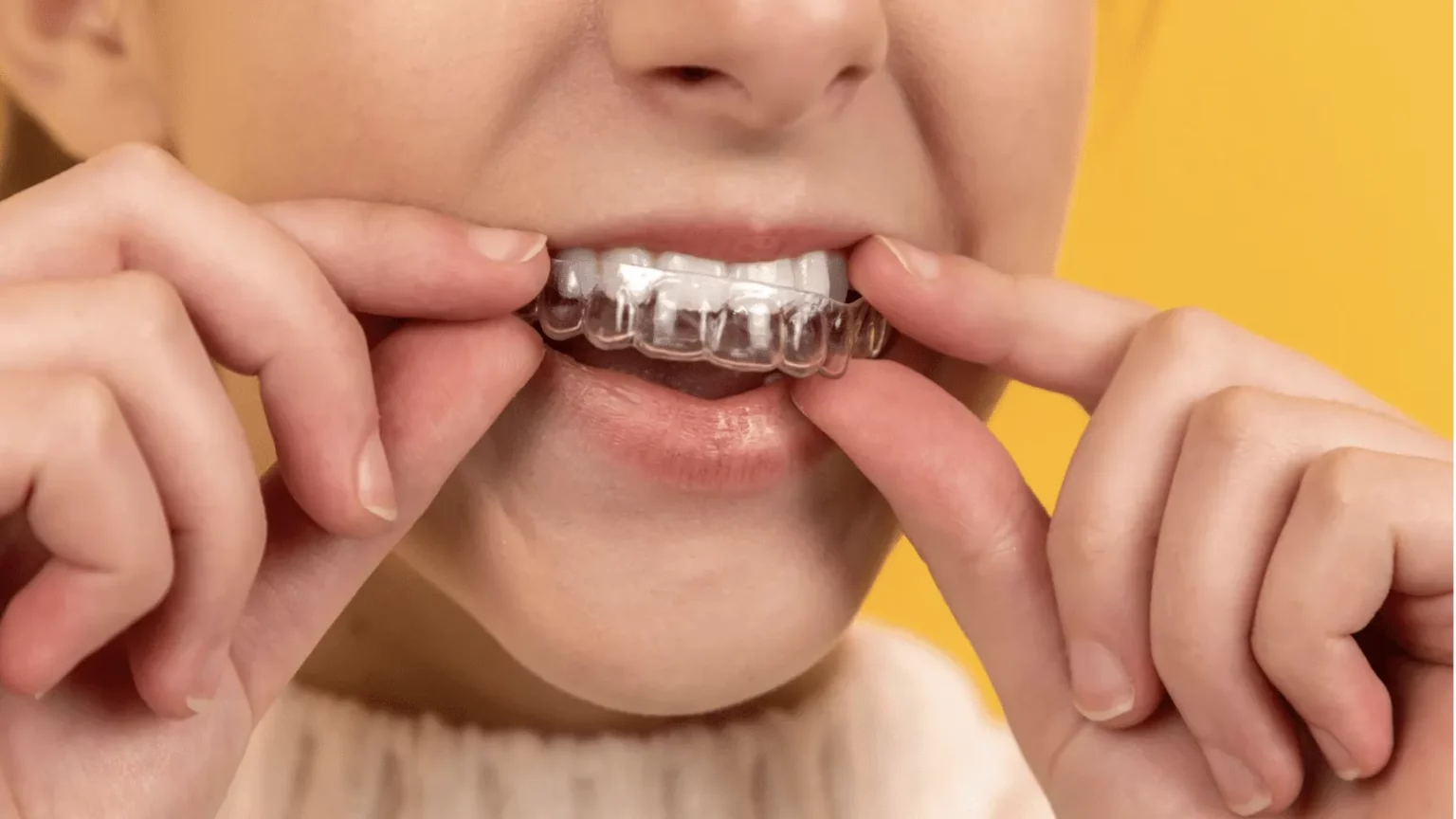Welcome to the ultimate guide on how braces work! If you’ve ever wondered about the magic behind those metal wires and brackets, you’re in the right place. Whether you’re considering getting braces yourself or just curious about the process, understanding how braces work is key to demystifying orthodontic treatment.
For many people, braces are a rite of passage – a journey to a straighter, healthier smile. But before we delve into the nitty-gritty details, let’s take a moment to appreciate the transformative power of orthodontic treatment. From boosting confidence to improving oral health, braces can make a world of difference in a person’s life.
Throughout this guide, we’ll explore the mechanisms behind braces, how they move teeth, and what you can expect during your orthodontic journey. So sit back, relax, and let’s unravel the mysteries of braces together!
How Do Braces Work?
Braces are a marvel of modern orthodontics, employing simple yet effective principles to straighten teeth and correct bite issues. At their core, braces consist of several key components: brackets, archwires, bands, and sometimes additional accessories like elastics or springs.
The process begins with the placement of small brackets onto each tooth using a special dental adhesive. These brackets act as anchors for the braces system. Once the brackets are in place, a thin metal wire known as an archwire is threaded through them. It’s this archwire that exerts gentle pressure on the teeth, gradually guiding them into their desired positions.
But how exactly does this pressure move teeth? It all comes down to the biological process known as bone remodeling. When force is applied to a tooth, it stimulates the cells in the surrounding bone to break down and rebuild. Over time, this allows the tooth to move into the space created by the pressure.
The key to successful orthodontic treatment lies in this delicate balance of applying controlled force to the teeth. Orthodontists carefully plan the placement of brackets and archwires to ensure optimal tooth movement while minimizing discomfort for the patient.
In addition to the archwire, braces may also include other components like bands, which are placed around the molars to provide additional anchorage, and elastics, which help align the upper and lower teeth and correct bite discrepancies.
Overall, the beauty of braces lies in their simplicity and effectiveness. By harnessing the body’s natural ability to remodel bone, braces can gradually transform crooked teeth and misaligned bites into straight, functional smiles.
Types of Orthodontic Braces
Orthodontic braces have come a long way from the traditional metal brackets and wires that many of us are familiar with. Nowadays, there are several types of braces available, each with its own unique features and benefits. Let’s take a closer look at some of the most common types:
- Traditional Metal Braces: These are the braces most people think of when they hear the word “braces.” They consist of metal brackets that are attached to the front of each tooth and connected by wires. While they may be the most noticeable type of braces, modern metal braces are smaller, sleeker, and more comfortable than ever before.
- Ceramic Braces: Ceramic braces are similar to traditional metal braces, but they use clear or tooth-colored brackets instead of metal ones. This makes them much less noticeable, especially from a distance. Ceramic braces are a popular choice for patients who want a more discreet option.
- Lingual Braces: Unlike traditional braces, lingual braces are attached to the back of the teeth, making them virtually invisible from the front. While they offer a discreet treatment option, they can take some time to get used to, as they may interfere with speech and tongue movement.
- Invisalign: Invisalign has revolutionized orthodontic treatment with its clear, removable aligners. These custom-made trays gradually shift the teeth into alignment without the need for brackets or wires. Invisalign aligners are virtually invisible and can be removed for eating, drinking, and oral hygiene.
- Self-Ligating Braces: Self-ligating braces use a specialized mechanism to hold the archwire in place without the need for elastic bands or ligatures. This can result in faster treatment times and fewer visits to the orthodontist. Self-ligating braces also tend to be more comfortable than traditional braces.
- Clear Aligners: Clear aligners, such as ClearCorrect or SmileDirectClub, are similar to Invisalign in that they are clear, removable trays that gradually move the teeth. They offer a discreet and convenient option for orthodontic treatment, especially for patients who may not be candidates for Invisalign.
Each type of braces has its own advantages and considerations, and the best choice depends on factors such as the patient’s orthodontic needs, lifestyle, and preferences. Your orthodontist can help you determine which type of braces is right for you based on a comprehensive evaluation of your teeth and jaw.
Conclusion
Understanding the various types of orthodontic braces is key to making an informed decision about your orthodontic treatment. Whether you opt for traditional metal braces, ceramic braces, lingual braces, Invisalign, self-ligating braces, or clear aligners, each option offers its own set of benefits and considerations. By working closely with your orthodontist and discussing your goals and preferences, you can determine which type of braces is best suited to your needs.
At Pendleton Orthodontics, we understand that every patient is unique, which is why we offer a wide range of orthodontic treatment options tailored to individual needs. Our experienced team is committed to providing personalized care and helping you achieve the smile of your dreams. If you’re considering braces or other orthodontic treatment, we invite you to schedule a consultation with us to learn more about your options and take the first step toward a healthier, more confident smile.
